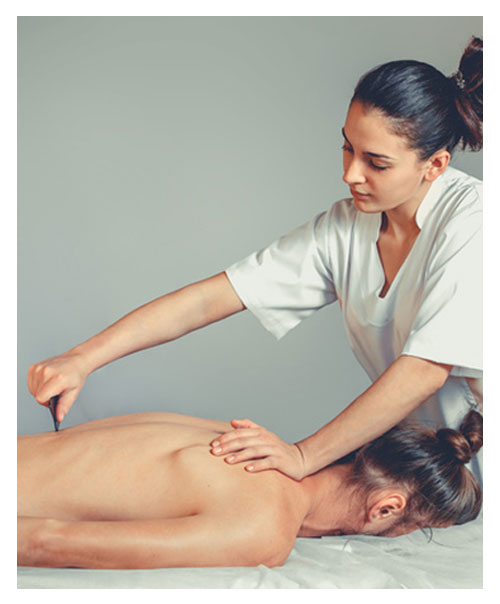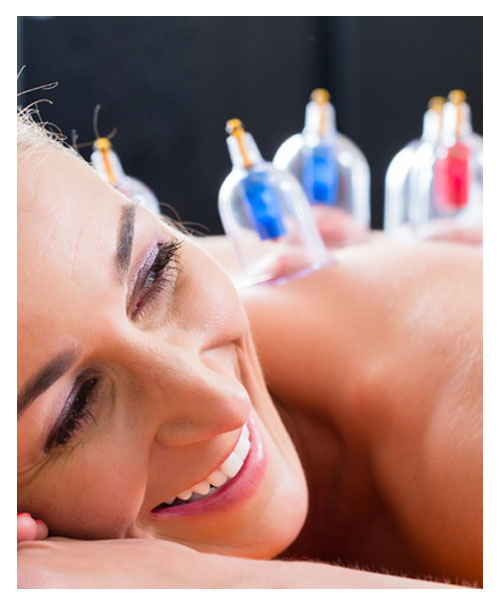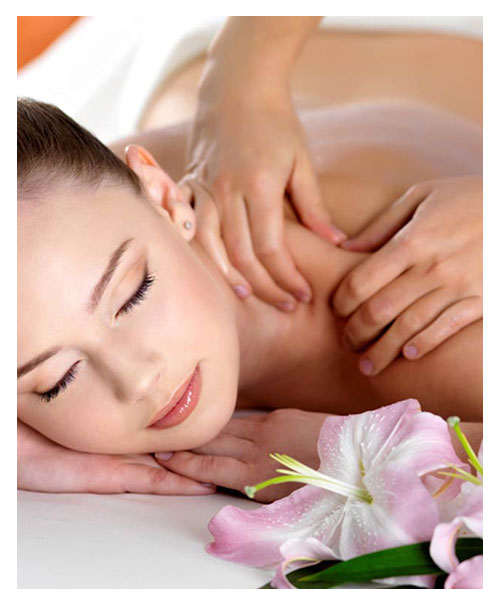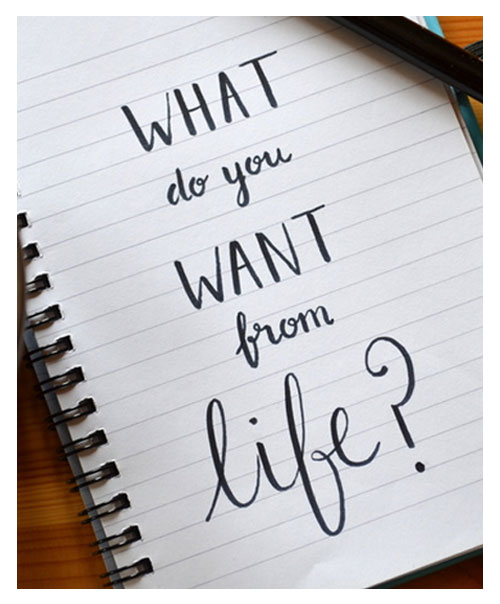Acupuncture
 Now accepting NO FAULT and WORKERS COMPENSATION for acupuncture patients! Contact Laura Jean to find out what information you will need to bring in.
Now accepting NO FAULT and WORKERS COMPENSATION for acupuncture patients! Contact Laura Jean to find out what information you will need to bring in.
Acupuncture encourages wellness in the body, promotes the natural healing process, and improves all body functions. Acupuncture is a modality of Traditional Chinese medicine that includes the procedure of inserting and manipulating very thin, flexible, sterile, single use needles. The starting point of acupuncture is unclear, with conflicting narratives stating that the practice of acupuncture is between 2000 to 5000 years old. The needles are inserted at acupuncture points along energy channels within the body or at points of pain, known as ashi points.
These channels, otherwise known as meridians, are like rivers flowing through the body to nourish the tissues. When the channels become obstructed, like a dam in the river, pain generally arises, as well as other potential issues such as nausea or constipation. There are twelve main meridians named after the major organs of the body: lung, large intestine, stomach, spleen, heart, small intestine, urinary bladder, kidney, pericardium, san jiao (aka triple heater), gall bladder and liver. (San Jiao is not a physical organ in the body but rather represents a regulation system for movement, transformation and temperature in the body.) These channels run either from the chest to the hands, hands to the head, head to the feet, or feet to the chest. They also connect with each other through various internal channels.
Within acupuncture, additional forms of stimulation are incorporated including heat, herbs, electricity and magnets. Magnets are generally used for people who are very sensitive to the needles. Acupuncture can treat a wide variety of disorders, diseases, and symptoms, as well as simply promote and maintain well being. Here is a list of a few general things that acupuncture can treat: chronic or acute pain, neurological disorders, upper respiratory disorders, urinary or reproductive disorders, digestive disorders, immune function disorders, addiction, depression, anxiety, eye, ear, nose and throat disorders. There are many studies that suggest that acupuncture has been proven to be effective for the treatment of several conditions especially pain. Acupuncture creates balance in the body by freeing up areas of congestion and bringing nourishment to areas that are deplete.
What can acupuncture treat?
The most common ailments presented to an acupuncturist tend to be pain related conditions. For example; arthritis, back, neck, knee and shoulder pain, carpal tunnel syndrome and sciatica. Traditional Chinese Medicine is a complete medical system that is capable of diagnosing and successfully treating a wide range of conditions including:
(This is by no means a complete list of what Acupuncture and TCM can treat.)
Eye, Ear, Nose, Throat Disorders
- Sinusitis
- Sore Throat
- Hay Fever
- Earache
- Nerve Deafness
- Ringing in the Ears / Tinnitus
- Dizziness
- Poor Eyesight
Circulatory Disorders
- High Blood Pressure
- Chest Pain / Angina Pectoris
- Arteriosclerosis
- Anemia
Gastrointestinal Disorders
- Irritable Bowel Syndrome
- Spastic colon
- Colitis
- Constipation
- Diarrhea
- Food Allergies
- Ulcers
- Stomach Ache / Gastritis
- Abdominal Bloating
- Hemorrhoids
Gynecological / Genitourinary Disorders
- Premenstrual Syndrome (PMS)
- Irregular, Heavy or Painful Menstruation
- Endometriosis
- Menopause
- Fibroids
- Chronic Bladder Infection
- Complications in Pregnancy
- Morning Sickness
- Kidney Stones
- Impotence
- Infertility in Men and Women
- Sexual Dysfunction
Addiction
- Smoking Cessation
- Drugs
- Alcohol
Immune Disorders
- Candida
- Chronic Fatigue Syndrome
- HIV and AIDS
- Allergies
- Lupus
- MS
- Hepatitis
Emotional and Psychological Disorders
- Anxiety
- Insomnia
- Depression
- Stress
- Irritability
Musculoskeletal and Neurological Disorders
- Arthritis
- Neuralgia
- Sciatica
- Back Pain
- Bursitis
- Tendonitis
- Stiff Neck
- Bell's Palsy
- Trigeminal Neuralgia
- Headaches and Migraines
- Stroke
- Cerebral Palsy
- Polio
- Sprains
- Muscle Spasms
- Shingles
Respiratory Disorders
- Asthma
- Emphysema
- Bronchitis
- Colds and Flus
Acupuncture Also Treats
- Chemotherapy/Radiation Side Effects
- Diabetes
- Dermatological Disorders
- Weight Control


 Gua sha is a TCM healing modality, similar in effect and practice to Graston technique. Gua sha is sometimes called 'coining, spooning or scraping', Gua sha is defined as instrument-assisted unidirectional press-stroking of a lubricated area of the body surface to intentionally create tiny purple or red dots called 'sha', which is the release of old static blood in the subcutaneous.
Gua sha is a TCM healing modality, similar in effect and practice to Graston technique. Gua sha is sometimes called 'coining, spooning or scraping', Gua sha is defined as instrument-assisted unidirectional press-stroking of a lubricated area of the body surface to intentionally create tiny purple or red dots called 'sha', which is the release of old static blood in the subcutaneous. Cupping is a TCM healing modality which used cups, typically glass, to create a suction on the body. Benefits of cupping include relaxation, increased circulation and pain relief, to name a few. During cupping, Laura Jean would light a cotton ball containing alcohol on fire, place it carefully under the cup and then quickly and carefully place the cup on the skin in order to not loose the heat so that the suction is created by a vacuum. This causes your skin to rise and redden, potentially to a purple tone, leaving a mark for up to 10 days.
Cupping is a TCM healing modality which used cups, typically glass, to create a suction on the body. Benefits of cupping include relaxation, increased circulation and pain relief, to name a few. During cupping, Laura Jean would light a cotton ball containing alcohol on fire, place it carefully under the cup and then quickly and carefully place the cup on the skin in order to not loose the heat so that the suction is created by a vacuum. This causes your skin to rise and redden, potentially to a purple tone, leaving a mark for up to 10 days. Massage therapy is used for the treatment of stress, pain and more in order to enhances a person's health and well being. Massage therapy is a healing modality in which the soft tissue (skin, muscles and connective tissues) is manipulated by fingers, hands, forearms, elbows or the use of a massage tool. Within a massage therapy session, stretching may also be included which helps to relax muscle and also increase range of motion of the joints.
Massage therapy is used for the treatment of stress, pain and more in order to enhances a person's health and well being. Massage therapy is a healing modality in which the soft tissue (skin, muscles and connective tissues) is manipulated by fingers, hands, forearms, elbows or the use of a massage tool. Within a massage therapy session, stretching may also be included which helps to relax muscle and also increase range of motion of the joints. Life coaching is a process of self empowerment which leads to a person creating the life that they really want. It involves discussing the current conditions of a person's life as well as what he or she wants to create in their life and being guided toward manifesting these wants. Laura Jean is able to help the client to see his or her life from a different perspective, one that includes taking responsibility for his or her actions, words, thoughts and thereby owning his or her personal life circumstances.
Life coaching is a process of self empowerment which leads to a person creating the life that they really want. It involves discussing the current conditions of a person's life as well as what he or she wants to create in their life and being guided toward manifesting these wants. Laura Jean is able to help the client to see his or her life from a different perspective, one that includes taking responsibility for his or her actions, words, thoughts and thereby owning his or her personal life circumstances.